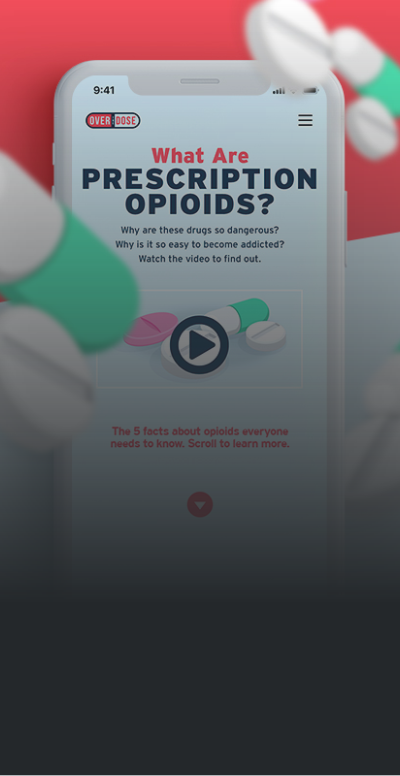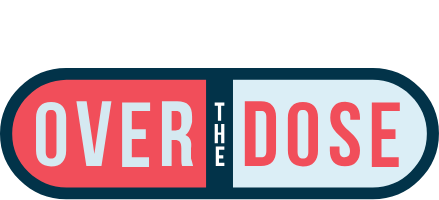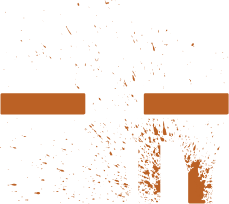Case Study

A ready-made campaign to prevent teen vaping
Formulative Research
• Teens are exposed to vape advertisements that highlight appealing flavors and, as a result, think vaping is natural and tasty rather than dangerous.
• They don’t perceive nicotine addiction as harmful or problematic, instead equating it to a phone addiction or caffeine.
• Teens perceive vaping products as risk-free because they are marketed to young smokers as cessation devices.
• Because they are not perceived as harmful, vapes are seen as a low-risk way to dabble in rebellion and to connect with friends.
• Youth are eager to engage with science and data on the health risks of vaping if the information is provided to them, which leaves them wanting to learn more in order to draw their own conclusions about the risks of vaping.
Behavior Change Approach
-
Behind the Haze is an evidence-based teen vaping prevention campaign, in which organizations license “Message Packages” to implement within their state or region. Rescue maintains the campaign by regularly conducting teen focus groups and using real-time audience insights to develop campaign messaging based on the latest vaping health science. With over a dozen states running the campaign nationwide, states are able to leverage a community of collaboration to fight the teen vaping epidemic, reduce the costs of campaign development, and direct precious tobacco prevention dollars towards campaign implementation. This approach enhances the reach and impact of the campaign.+ expand - collapse
Behind the Haze uses our Decision Blocks strategy to deliver new knowledge about vaping in a relevant and believable way. Specific facts are delivered to target the knowledge, attitudes, and/or beliefs (KABs) associated with teen vaping. Campaign components deliver engaging, educational content that exposes the truth about vapes, such as revealing the metals that have been detected in them and the chemicals they produce. This messaging approach increases knowledge about the dangers of vaping in order to shift teens’ perceptions towards seeing vapes as things that are, in fact, harmful as well as highly addictive.
Implementation Strategy
-
PAID SOCIAL & DIGITAL MEDIA
While the vaping epidemic is often in the news, our at-risk audience is not seeking out health information about vaping since they see the behavior as harmless. Our strategic paid social ads and digital media target high-risk youth in the online space since we know this is where they are already spending their time. A variety of creative visual executions are leveraged with teen-focused copy to spark engagement with the content in a relevant way.+ expand - collapse
VIDEO CONTENT
Since teen vape use is driven by social factors, it is imperative that campaign content depicts our audience in relatable social settings that can only be accurately captured through the production of a video. This gives us an opportunity to make the campaign come to life with realistic imagery.
INTERACTIVE WEB EXPERIENCES
The Behind the Haze interactive website was designed specifically for how teens consume information online. They have the option to consume the content in any order, giving teens the opportunity to “choose their own adventure.” Clickable modules make the health content engaging and interactive, so it’s more fun for teens to explore vaping facts at their own pace.
Through 2020, Behind the Haze was active in over 10 states and 3 counties, reaching almost one million teens. Several states including South Carolina, Kentucky, and Indiana have evaluated the campaign’s impact using baseline and follow-up surveys conducted 6-12 months after campaign implementation. Results indicate:
• The campaign was highly relevant, with 76-81% of the overall sample and 76-82% of vape users reporting that the campaign was applicable for people their age.
• Awareness of vape facts featured in campaign content was high among vape users, ranging from 54% to 80%. In some cases, knowledge was higher among vape users than non-users.
• Desire to reduce vape use was high at 60-70%, indicating that most vape users are starting to reconsider vaping and could benefit from additional cessation messaging or interventions.
• While behavioral changes typically take 2-3 years to achieve, preliminary data on rates of current teen vape use are promising:



• Kentucky: statistically significant decrease from 31% (baseline) to 21%.
• South Carolina: non-significant decrease from 25% (baseline) to 22%.
• Indiana: non-significant decrease from 24% (baseline) to 17%.

















